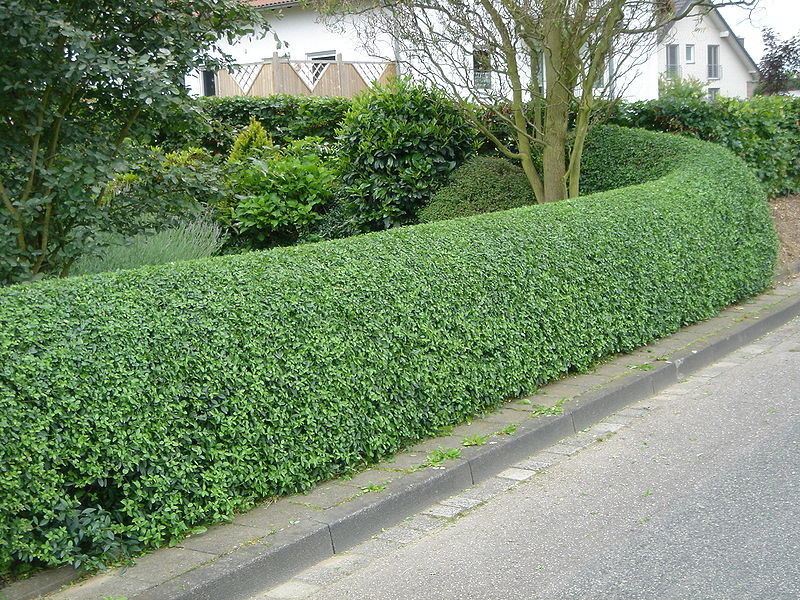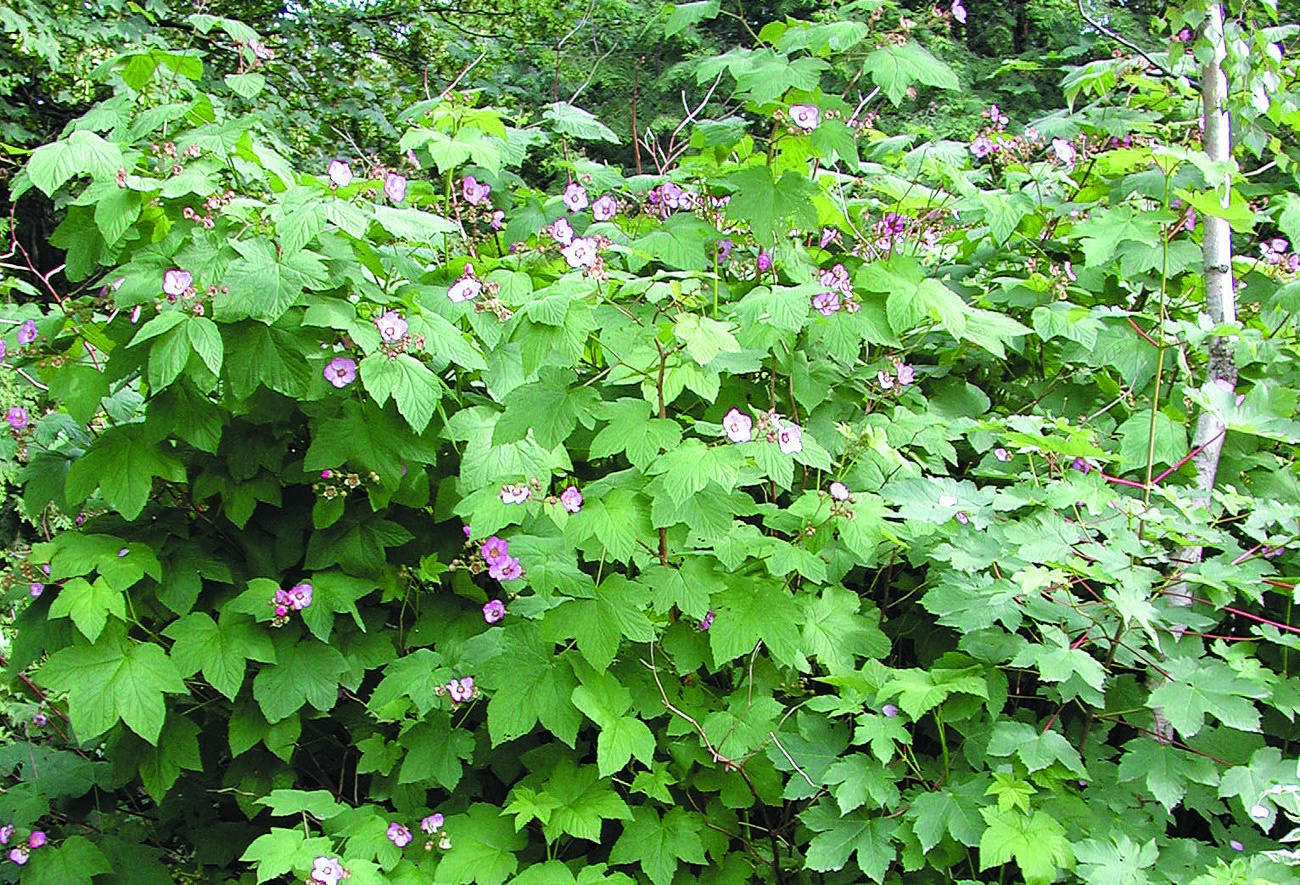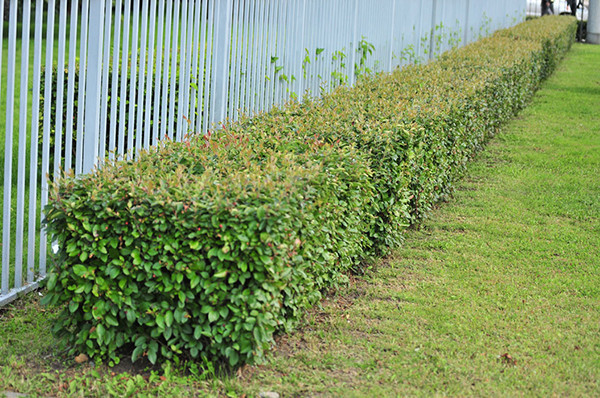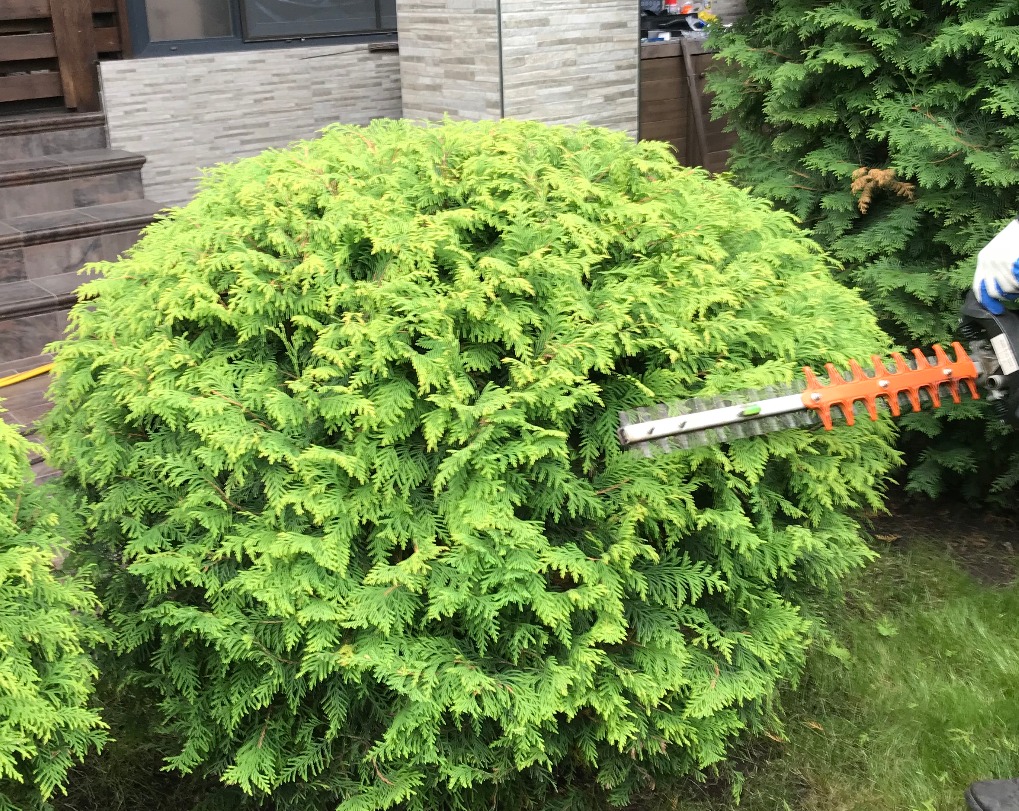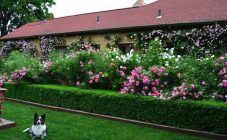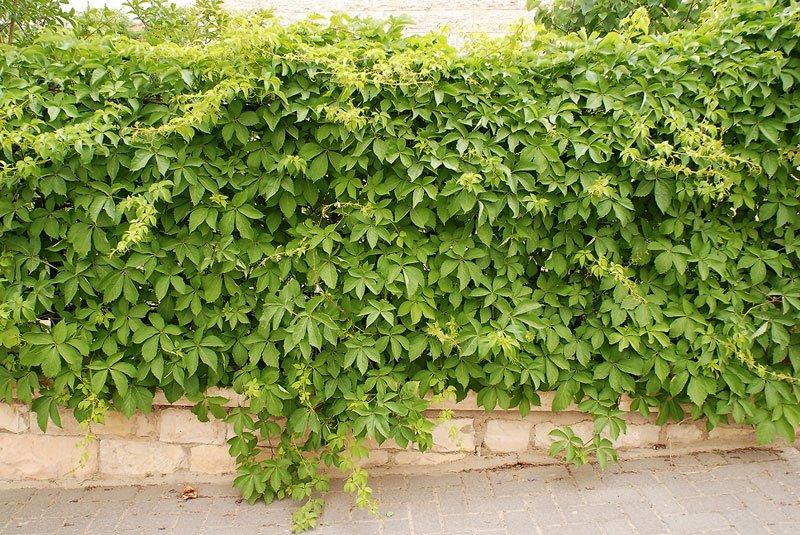Content:
The best option to ennoble and green the site is to plant bushes for a hedge. Fast growing plants are more suitable than others. Within a relatively short period, a cottage with such a fence will look beautiful and stylish. Refreshing greens will create a good mood and delight the eye. In addition, a hedge will protect the site from gusts of wind, dust and drafts.
It is suitable to hide the fence, and replace the curbs along the paths. It easily copes with protective functions: it can enclose the territory of the yard, delimit it into separate zones.
You can make a hedge yourself. If a persistent desire appeared, and the landing became part of the plan, the owners will have to take into account some of the nuances and features:
- Lush plants are best planted in the fall. Then they, for sure, will start, get stronger, and with the arrival of heat they will start growing.
- The moment associated with the need for shaping and trimming is very important. In the absence of these measures, plants will grow in a chaotic manner, turning into chaotic thickets. To prevent this from happening, it is advisable to cut them.
- Although the shrubs grow at a fast pace, it will not be possible to get the desired end result in one year. It will take more than one year to achieve the required dimensions (width and height).
- A free-growing fence requires more territory and less maintenance.
Which crops grow fast and look good?
Hedge bushes
It can be decorative evergreen perennial bushes and shrubs, as well as conifers.
Barberry
This is one of the largest shrubs that do not lose their decorative effect all year round. It is unpretentious, survives the winter well, tolerates heat without problems.
Likes to grow in well-lit areas. Tolerant of cutting. Even planting on poor soil does not affect its condition. But in places where groundwater is close to the surface, it is not recommended to grow.
It comes in three varieties: evergreen, semi-evergreen, and deciduous. When choosing a type, it is necessary to take into account the height (from 30 cm to 3 m) and correlate it with the desired hedge size. The bush is planted in pits, 0.4-0.6 m deep, two bushes per 1 m of the fence line. Avoid the adjacent planting of tall and undersized species.
Decorative raspberry
The horticultural variety can also be used for hedges of various shapes:
- raspberry tunnels with long stems that can curl along the supports;
- vertical trellises (the tops of raspberries are pinched at points of growth);
- curb (undersized flexible varieties);
- a tent, for which the shoots are bent at an angle of 90 °;
- standard landings.
Feels good on different types of soil in light shaded areas. Differs in unpretentiousness and winter hardiness, but requires regular watering. Planting patterns differ depending on the form of planting. The most optimal distance between bushes on a trellis is from 30 to 50 cm.
Hawthorn
Hawthorn is considered one of the best plants for forming a tall hedge. Its crown consists of several trunks covered with thorns. The thorns can impede the entry of animals, but they can easily injure human skin. They complicate plant maintenance when pruning.
Hawthorn is not picky: it does not need frequent watering and maintains its shape well when pruning. He can do without it at all, since numerous branches thicken the protective green "structure", turning it into a dense wall. At the same time, it does not lose its aesthetics: much more fruits and flowers are formed without pruning. Due to its cold resistance, it can grow in the Moscow and Leningrad regions, as well as in Siberia, despite the harsh climate of the region.
The density of the hedge dictates the distance when planting bushes: from 1 to 1.2 m - for a denser planting, from 1.5 to 2 m - for a rare one. If planted even less frequently, the decorative “fence” will turn into a corner of the wild forest landscape.
Cotoneaster brilliant
This plant in the Rosaceae family is ideal for hedges. It reaches a height of 1.5-2 m, in one place it grows up to 50 years. Shade-tolerant, not afraid of low temperatures. Thick leaves form a dense wall and always look attractive. Bright green in the spring in autumn the plantings are full of a variety of colors: from yellow to crimson. The shrub is easy to shape, transforming into a variety of shapes, contours and forms of landscape design.
You can plant a crop with a closed root system at any time, with open roots - in the spring (in March and April) and in the fall. When laying a hedge, it is advisable to plant three plants on one running meter. When planting a low-growing species (from 1 to 1.5 m), the plantings are compacted. Every 4 or 5 bushes are planted 1 m in a two-row way in a checkerboard pattern.
Bubble
This shrub with corrugated leaves and wonderful flowers organically combines colorfulness and tolerance to growing conditions. Having excellent frost resistance, it loves sunny places. It will grow on depleted soils, but on loose, fertile and drained soils it will become simply luxurious.
It will take root faster when purchased in a container, although replanting can be done during the entire growing season. After planting, be sure to water with water with the addition of a root growth stimulator. In the spring, it is advisable to carry out sanitary pruning. Further care consists in a scrupulous haircut that stimulates the formation of new shoots. Mulching is advisable for aerating the roots.
Other plants such as holly, boxwood, privet, hornbeam maple, beech can also be used. Representatives of conifers also look great in hedges.
Conifers for hedges
If you decide to plant a green coniferous barrier, you can opt for spruce, pine, juniper, fir, yew and thuja. In addition to creating a solid, beautiful look, they have a healing effect on people.
There are features that should be adopted by those who decide to acquire a coniferous hedge:
- planting in early spring and in the first decade of July is considered the most successful;
- the best place for conifers will be partial shade;
- planting time varies: in the southern regions - in the fall, in the northern - in the spring;
- you can plant a culture from a container at any time;
- the first three years, the seedlings are not cut;
- watered once a week during the growing season (especially young seedlings) for several hours;
- pruning with scissors is not practiced, using plucking of part of the needles instead.
Sanitary pruning and disease prevention are carried out in the spring. If necessary, the fight against aphids and rust, which are often exposed to plantings.
A hedge in the Moscow region
In the Moscow region, where the weather is sometimes harsh and brings surprises, conifers are suitable for green fences. Junipers, fir, pine and spruce, yew and thuja can be used safely - they are all frost-resistant and not sensitive to atmospheric surprises and temperature changes.
From the category of fast-growing bushes, not only barberry, cotoneaster, spirea and privet are most often chosen, but also boxwood, decorative raspberries, forsythia. Berry bushes with fruits of various shades create a special charm. You don't even need to cover them, except for periods of little snow, accompanied by low temperatures.
The list of names for deciduous plantations may include hawthorn, cherry, acacia, chokeberry, euonymus, lilac, and hydrangea. Each of the crops has developed a tolerance to cold and frost.
Green fences and hedges are increasingly appearing in summer cottages and plots. But as they grow, they must be carefully looked after, shaped and cut on time. They are not a tribute to fashion, they just create beauty and comfort on the site.
